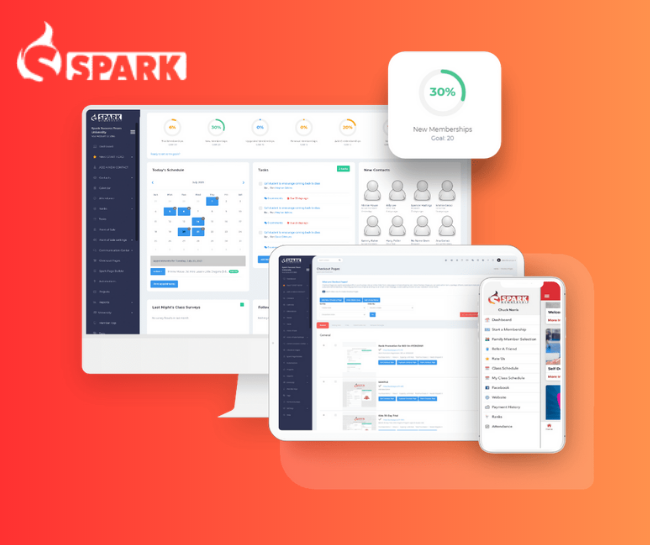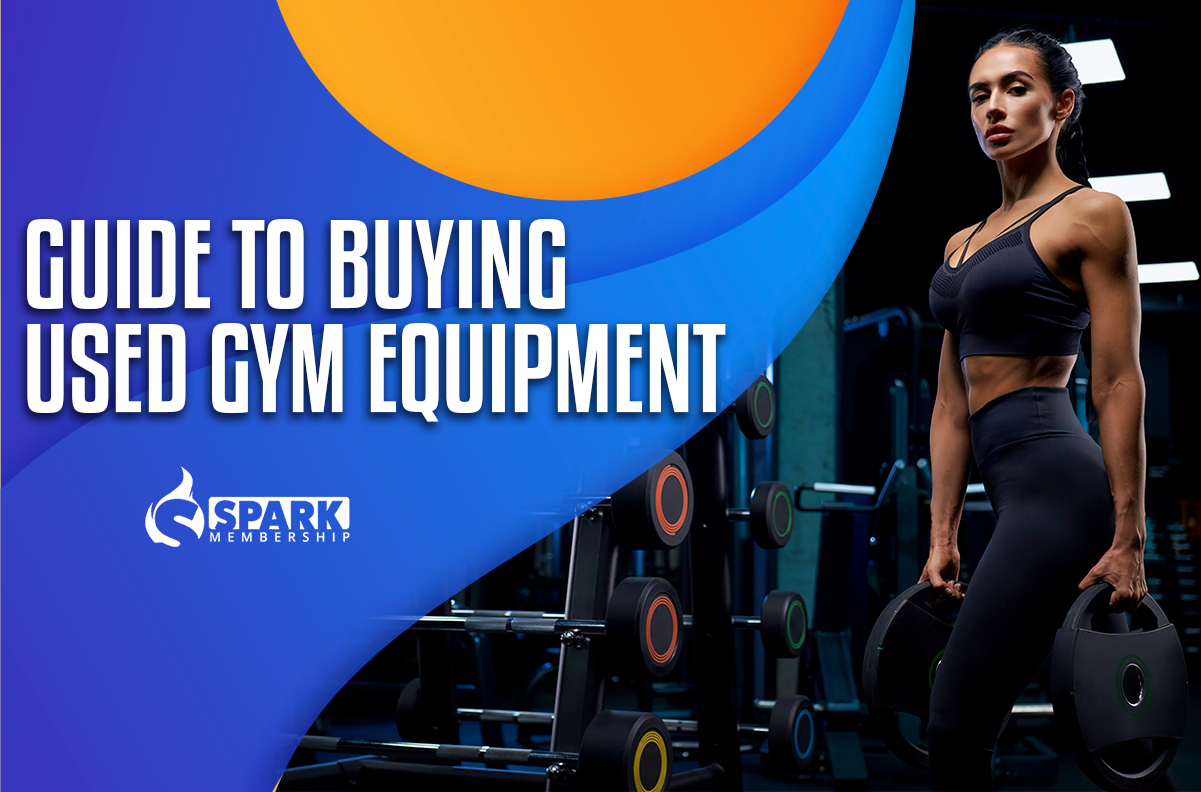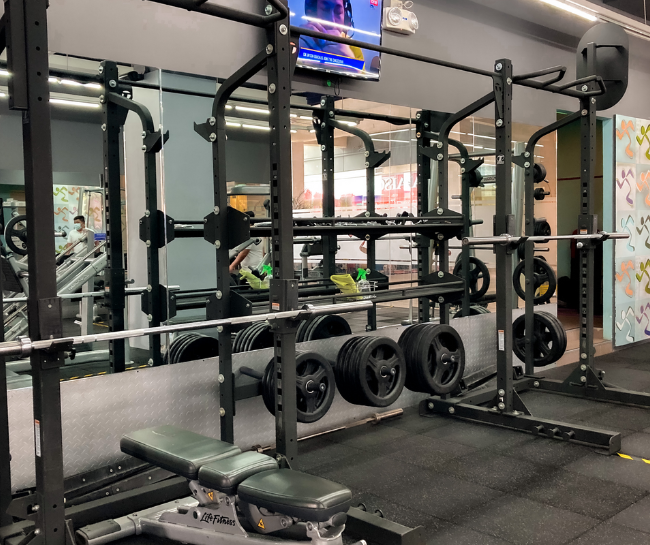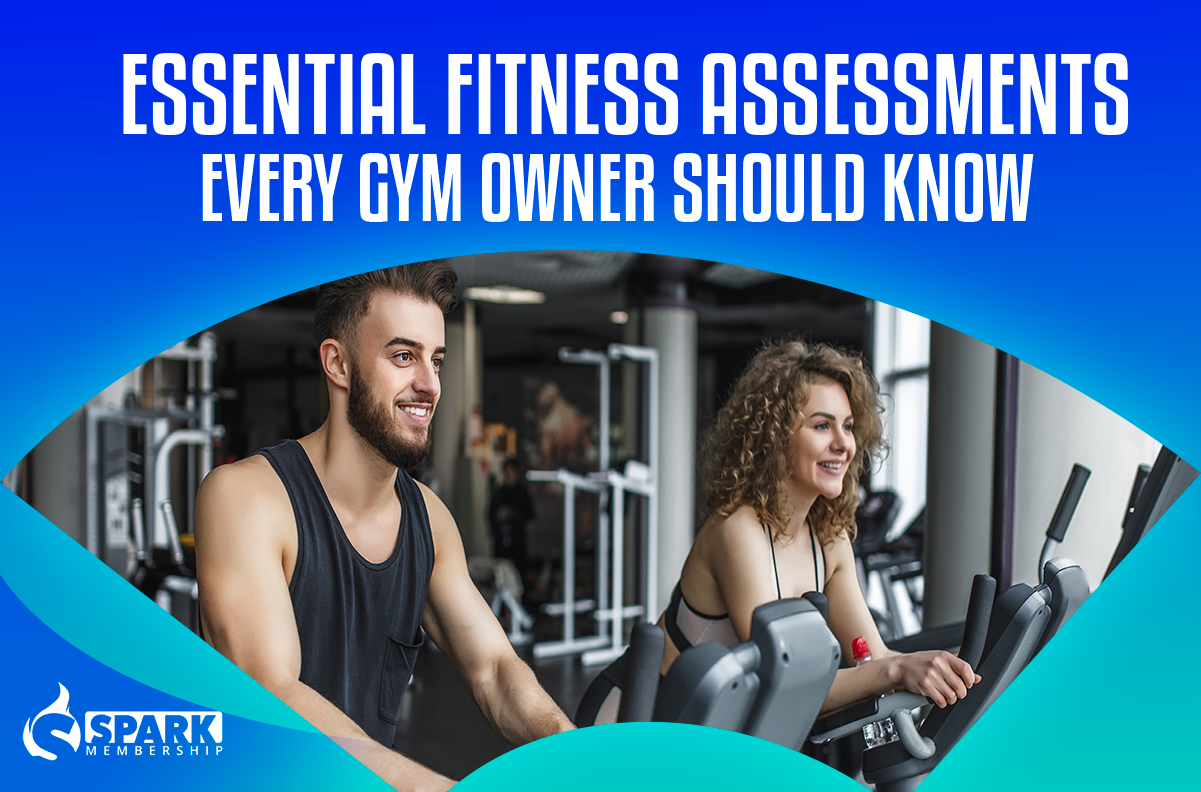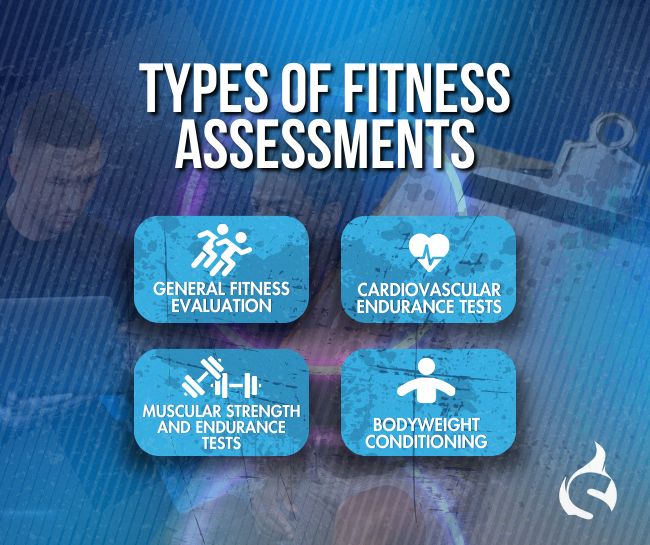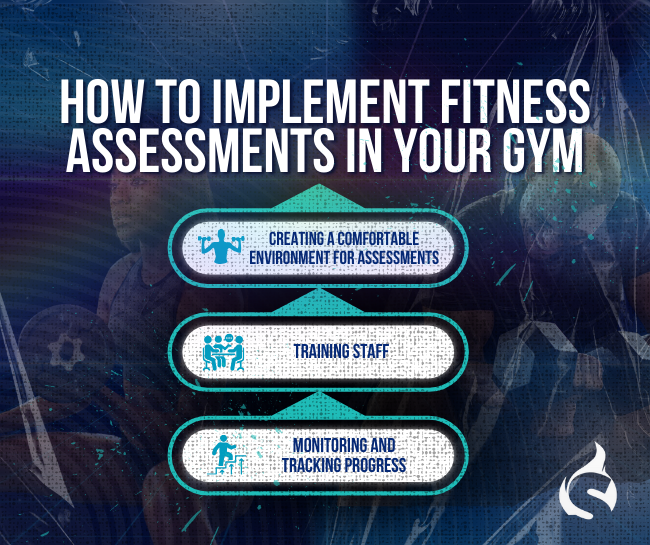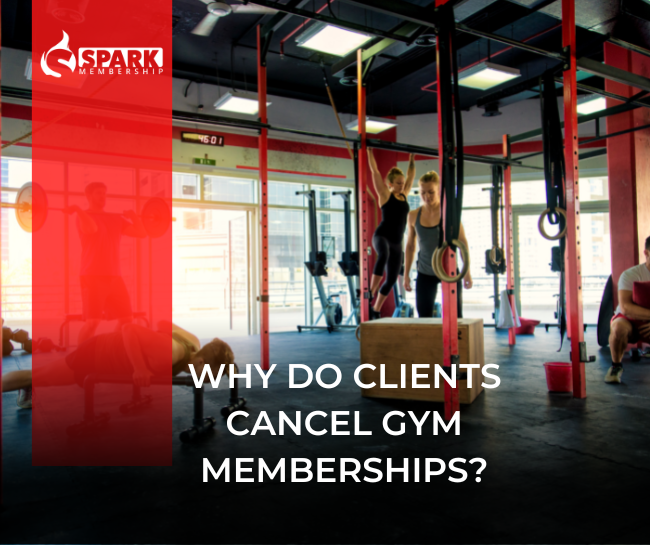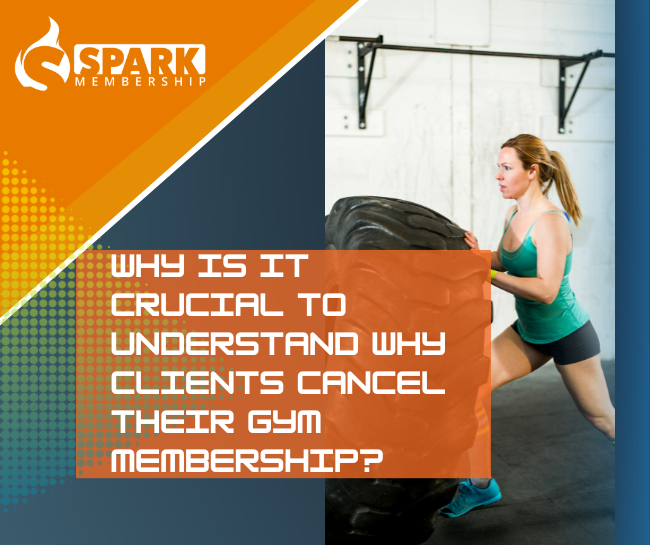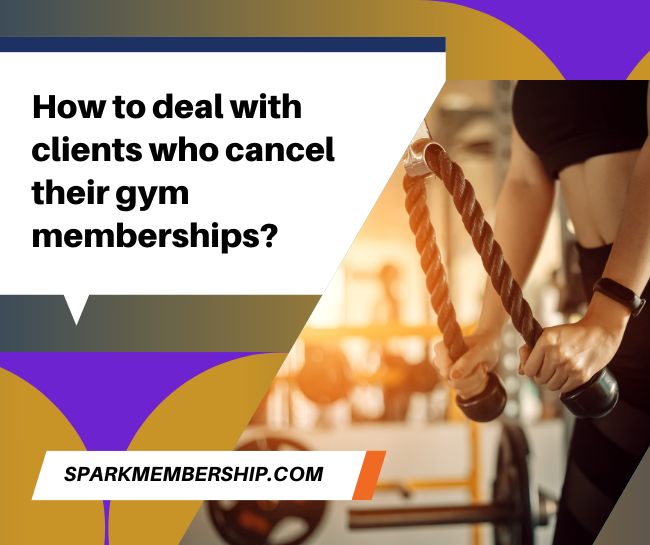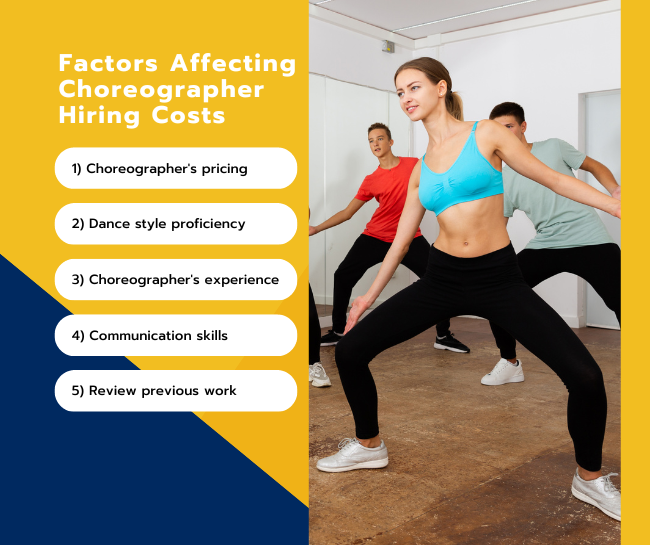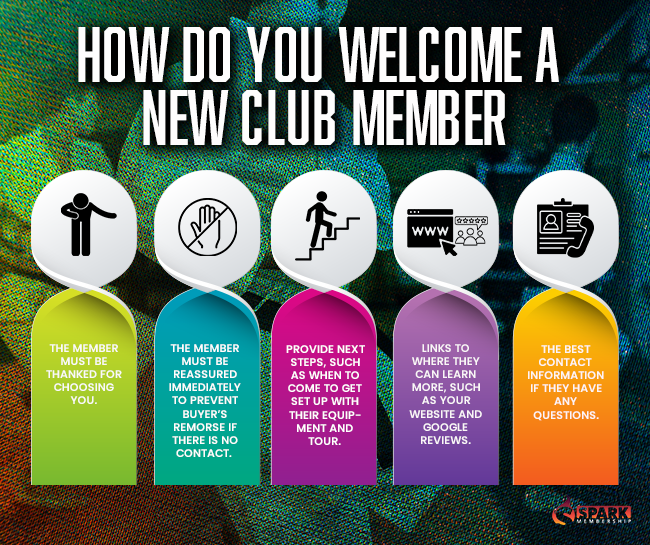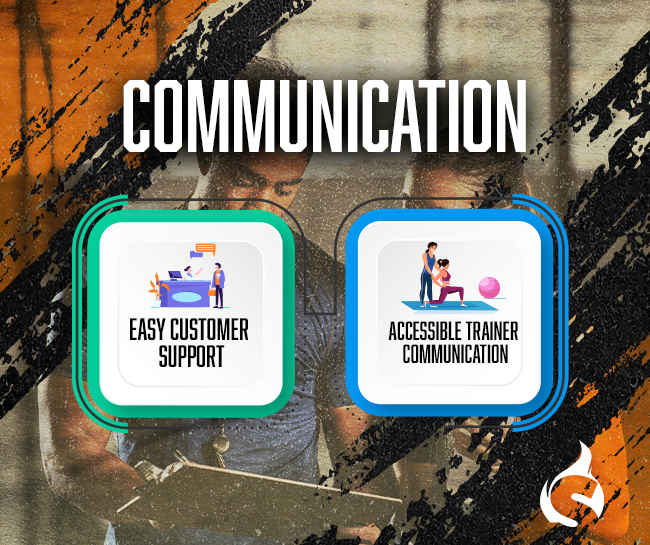
Are you a gym owner struggling to attract new members? You’re not alone in this uphill battle. In today’s fiercely competitive fitness market, innovative and effective gym promotion ideas can make a significant difference. In this comprehensive guide, we’re going to explore a wide variety of promotional strategies, crafted with the goal to transform your gym into a thriving community. So, buckle up, and let’s set your gym on the fast track to success!
The Importance of Promoting Your Gym
Promoting your gym is more than just attracting new members; it’s about creating a recognizable brand and establishing a loyal community. Here are some of the main reasons why gym promotions are essential:
- Brand Visibility: Effective gym promotion ideas can help increase your gym’s visibility, making it stand out in a competitive fitness market.
- Attracting New Members: Creative promotions can draw the attention of potential members, thereby increasing your gym’s membership base.
- Retaining Existing Members: Regular promotions and special offers can help keep your existing members engaged and less likely to switch to a competitor.
- Boosting Member Engagement: Promotions can encourage members to try new classes, refer friends, or take part in gym events, thereby fostering a sense of community.
- Increasing Revenue: More members and higher engagement naturally translate into increased revenue for your gym.
In the upcoming sections, we’ll dive deep into specific strategies and actionable gym promotion ideas to help you achieve these goals
11 Gym Promotion Ideas
Ready to boost your gym’s membership? Let’s dive into innovative gym promotion ideas, each with detailed explanations and examples, to give your gym a competitive edge. Let’s get started!
- Create a User-Friendly Website:

Your gym’s website is the first point of contact for many potential members. Ensure it’s intuitive, mobile-friendly, and offers all the necessary information like class schedules, membership rates, and staff introductions.
💡Create a user-friendly website and watch your gym membership soar to new heights. It’s the gateway to attracting, engaging, and retaining members with seamless online experiences.
- Answer Questions on Your Blog:

Answer Questions on Your Blog: Use your blog to answer common fitness queries. It not only positions your gym as a knowledgeable authority but also improves your SEO.
Write blogs answering common fitness questions like:
- How to Lose Weight Safely?
- What Are the Benefits of Strength Training?
Use these posts to subtly promote your gym classes or personal trainers that specialize in these areas.
- Offer Free Online Taster Classes:

Giving potential members a taste of what they can expect can be a great way to entice them to join your gym. Offer free online classes that anyone can join – no strings attached.
- Create Members-Only Online Classes:

Exclusive benefits for members can boost retention. Offering special classes only accessible to members can be a significant incentive.
- Offer 1-on-1 Online Consultations:

Personalized attention is an excellent selling point. Offer prospective members a free consultation with a personal trainer.
- Use Time-Sensitive Discounts:

Limited-time offers create a sense of urgency and can help persuade potential members to sign up sooner rather than later.
Example:
- Use a “First 50 Sign-ups Get 30% Off Membership” offer
- 24-hour Flash Sale: Sign up now and get 50% off your first three months!
- Register 30 days in advance for our ‘Summer Fitness Bootcamp’ and save 20%!
💡 Limited-time offers create a sense of urgency, motivating potential gym-goers to take immediate action and capitalize on exclusive discounts, ultimately skyrocketing your gym membership.
- Classes for all Fitness Levels:

Providing a diverse range of fitness classes catering to all levels of fitness enthusiasts is key to attracting and retaining members. This inclusive approach caters to everyone, from absolute beginners to advanced gym-goers, allowing you to reach a wider demographic.
- Membership Giveaways:

Organize contests offering a complimentary membership as a reward. This can generate excitement and interest for your gym.
Example:
- Enter our Summer Giveaway Contest for a Chance to Win a 6-Month Gym Membership!”
- Sign up for our newsletter and enter a draw for a chance to win a free 1-month membership!
- Retarget Contest Participants:

Keep in touch with those who participated in your contest but didn’t win, offering them a small discount.
💡 Retargeting contest participants can significantly boost gym membership numbers by re-engaging potential members, increasing brand awareness, and creating a sense of urgency to join, ultimately driving higher conversion rates and revenue for gyms.
- Referral Programs:

Encourage your existing members to bring in friends, offering them a discount or a free month for every referral that joins.
- Rewards Program:

Initiate a reward-based strategy aimed to boost regular workout and class participation. This scheme enhances fitness commitment, offering recognition for dedication and inspiring a wellness culture.
Need help to make your promotional content more exciting and appealing? Why not try our templates ? They’re just a click away!
How to Market Your Gym Studios
Marketing your gym studios effectively involves a combination of online and offline strategies:
Leveraging Online Platforms:

Your website, blog, and social media channels are powerful tools to reach and engage your target audience. Regularly update these platforms with engaging content that highlights the unique features of your gym studio, success stories, member testimonials, etc.
Physical Marketing Strategies:

Don’t underestimate the power of traditional marketing strategies. Use flyers, banners, and posters to promote your gym in your local area.
Community Involvement:

Get involved in local events, sponsor local sports teams, or host free fitness classes in community centers. This can enhance your visibility and reputation in the community.
Utilizing Social Media for Gym Promotions

Facebook: Use Facebook to share engaging content like workout videos, nutritional advice, or success stories. Facebook ads can also be targeted to your specific demographic.
Instagram: Instagram is perfect for sharing high-quality images and short videos of your gym, classes, and members. You can also use Instagram Stories for limited-time offers or to showcase behind-the-scenes glimpses.
YouTube: Upload longer workout videos, instructional content, or interviews with trainers on YouTube. You can also share member testimonials or transformation stories.
TikTok: TikTok is an excellent platform for short, engaging videos. Fitness challenges, quick workout routines, or humorous content can go viral on TikTok.
Implementing Your Gym Promotion Ideas

Gym promotions are a powerful way to attract new members and keep existing ones engaged and satisfied. By implementing these gym promotion ideas, you’ll enhance your visibility, grow your customer base, and create a thriving fitness community.
While not all ideas may work for everyone, the key is to understand your target audience, their needs, and preferences. Regularly evaluate the effectiveness of your promotional strategies and be ready to adapt and innovate. With persistence and creativity, your gym will stand out in the crowded fitness market.
Experience Spark Membership firsthand. Book a live demo now and simplify your fitness business management. Thrive with our innovative software. Visit our website to explore our features page and see how we can help you.








